| |
|
|
| |
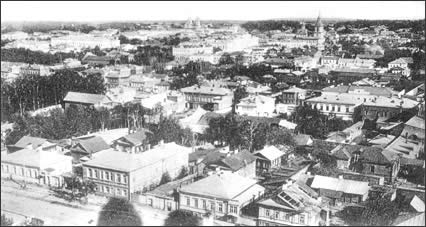
|
|
| |
Perm in the late 19th - early
20th centuries
|
|
In the mid twelfth century an Arab traveller
Abu Hammed al-Garnati wrote that "beyond Visu, in the
Sea of Darkness there is a region named Yura. A summer day
is very long there. Thus, some merchants tell that the sun
does not set for 40 days... Swords they bring from the Islam
countries give them a fat profit ... They bring the m to the
country of Visu where beavers abound and the people of Visu
bring them to Yura and the people of Yura buy the m for sable
fur..." This was the way they traded in our land eight
centuries ago.
In eighteenth century the settlement of Yegoshikha brought
about a market and to a certain extent the town grew and broadened
due to its tradesmen.
| |
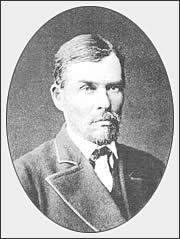
|
|
Yevgraph Ê. Tupitsin (1832 - 1878).
An enterpriser, he built the first phosphorus plant
in Russia and was a successful competitor of the English
monopolists in Russian markets
|
For a long time the merchants were mistreated
by both Russian writers and fellow-countrymen. While to be
a merchant one needs prudence and ardour, assertiveness and
gumption, taste for venturing and energy for undertaking.
The list of things the Russian inherited from their eminent
and obscure merchants should be long and diverse. Merchants
built and equipped factories and plants, developed industry.
In 1855 I. F. Lyubimov built a steam tugboat in Perm and later
a shipping company was organized. The Kamensky brothers, shipowners,
found ship-building works and launched four vessels... In
1870s the first Russian phosphorus plant of Tupitsyn, Nechaev's
paper mill, Kalinin's hardware factory were opened. Various
enterprises, producing ropes, matches and bricks, sawing wood
and brewing beers, dressing hides and making sweets, appeared
in the town.
In June, September and November noisy fairs were held in Perm.
In 1863 the first bank was started, its funds being 13 000
rubbles. The real and movable property of the town increased.
For charity Perm was obliged to its merchants: the Kamenskies
funded construction works in the Dormition nunnery and church,
the church of the Virgin of Kazan, a shelter for girls, an
almshouse, a refuge for poor children. Gubkin, Kuznetsov and
Lyubimov helped a lot in organizing the Maryinsky classical
school for girls, Lyubimov gave his house to the technical
college and donated money to the Vergin's almshouse. The list
could be continued. Well, the most original buildings in Perm
are left us by the merchants Gribushin, Meshkov, Lyubimov...
| |
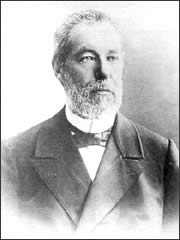
|
|
Ivan I. Lyubimov (1838 - 1899).
An enterpriser and shipowner, known for his chanty.
The Mayor of Perm in 1871 - 1874 and 1876 - 1878
|
Their activities were cruelly interrupted
for long. It was not before the 1990s that enterprise and
business were restored and encouraged.
The city's appearance is changing - new businessmen and tradesmen
open their shops and stores, boutiques and kiosks. Kommersant,
Eldorado, Stometrovka (i.e. A-Hundred-Meters) and other new
names are already familiar to the citizens of Perm. However,
old signs of The 1st Gastronom (the central food store), Universam
(a Soviet kind of "mini-supermarket"), Tsum (the
central department store) and others still attract them, too.
People go to The Newly-weds' Parlour before wedding or to
Folk Crafts if they need a unique present. For everyday shopping
they go to minimarkets. Many people prefer the Central Market.
It serves up to forty thousand customers per day, quickly
reacts to their wishes, is profitable and contributes enormously
to the city budget through taxes it pays.
Perm has a Financial-Industrial Group determining the city's
trade strategy. The Group has some branches: Perm Fund Company,
Lukoil-Perm, Nyeftsynthezmarket and others.
It is difficult to foresee companies or enterprisers to make
record in the history of Perm in the twenty first century.
Manufacturing and trading companies export products and raw
materials from Perm on their own. They sell aircraft engines,
oil and oil-refining products, fertilizers, cables, paper,
paints and lacquers, motor saws, engine-driven pumps, bicycles,
telephone sets, motors, detergents, lumber and what not. We
have enough to offer the world, though it is rather difficult
to make up for lost time.
Perm knows the laws of market - it has always been a merchant
town.
| |
|
|
|
| |
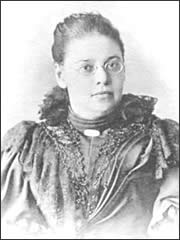
|
|
Eugenia P. Serebrennikova
(1854 -1897). A famous ophthalmologist, she founded
the blind's school in Perm
|
|
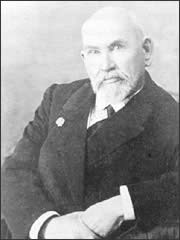
|
|
Pavel N. Serebrennikov (1848
- 1917). A doctor, well-known for his charity,
he opened dining-rooms for the poor and organized
a children sanatorium in Lower Kurya. One of the
founders of Perm Scientific-Industrial Museum
|
|
|
| |
|
|
|
| |
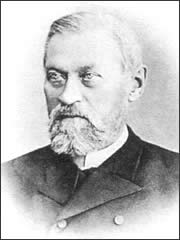
|
|
Dmitry D. Smushlayev (1828
- 1893). The first Chairman of Perm Town Council,
a journalist, student in local lore, publisher
|
|
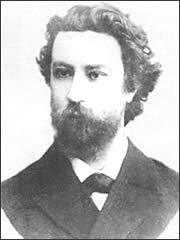
|
|
Nikolai A. Firsov (1831
- 1896). À history teacher in the men classical
school, prominent public figure
|
|
|
| |
|
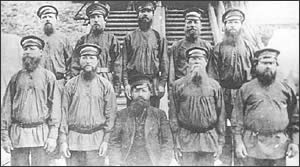
|
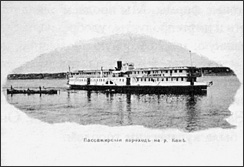
|
|
River-sailors
|
|
| |
|
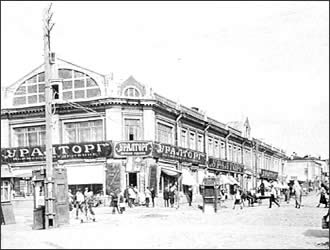
|
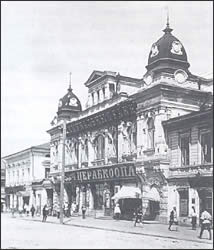
|
|
A fair in the end of the 19th
century
|
|
| |
|
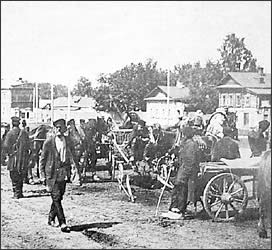
|
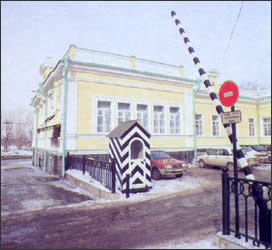
|
|
Perm market in the past
|
Siberian Street's starting point
was here
|
|



